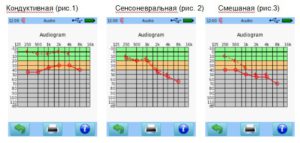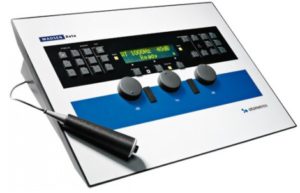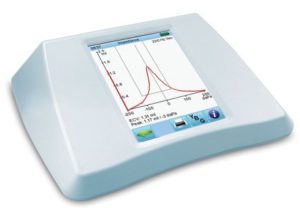
Services 24\7
You can order the product at any time of the day

Online help
We will solve any problem in the field of hearing

Online payment
Payment online at any time of the day in a convenient way
Decreased hearing in adults
Every tenth inhabitant of the planet Earth has hearing problems. Hearing loss-hearing loss deprives a person of full communication with other people, as it reduces speech intelligibility to one degree or another. In order to successfully cope with hearing loss, it is necessary to identify its causes, degree and type. To do this, it is necessary to undergo hearing diagnostics – audiometry, impedance measurement.
There are three main types of hearing loss:

Depending on the severity of hearing loss, there are five degrees of hearing loss: easyyy, mediumyuy, heavyyuy, deepy and deafnessy..
Diagnostic hearing tests
Hearing tests are used to find out if you have a hearing problem and how serious it is. After examining the auditory passages and eardrums, the otolaryngologist-surdologist will conduct hearing tests to identify or exclude the pathology of the auditory analyzer. There are the following hearing tests:

Akumetria –hearing impairment testing using whispered and spoken speech.
Tuning fork tests – are used to confirm the results of tonal audiometry.
Audiometry, also known as a pure tone test. On the latest equipment from the European manufacturer Otometrics (Denmark), audiometry is performed in the standard frequency range from 125 Hz to 8000 Hz or in the extended frequency range up to 16000 Hz. The examination consists in checking the level of perception of sounds in the subject at different frequencies of the selected range.
Speech audiometry is a hearing examination that allows you to determine the level of speech intelligibility in a patient.
SUN is a test of speech intelligibility in noise, specially designed for screening adults and elderly people with hearing impairments, based on the use of a set of consonants and vowels. Be carried out on modern equipment from PATH Medical (Germany).
Free-field audiometry makes it possible to evaluate the effectiveness of hearing prosthetics by the thresholds of tonal perception of sounds and the percentage of speech intelligibility in a patient with a hearing aid or cochlear implant.

Impedance measurement is an objective method of hearing diagnostics that helps to accurately determine the localization of hearing disorders in the middle ear. Impedanometry can detect such diseases of the middle ear as: secretory otitis media (presence of fluid behind the eardrum), adhesive otitis, perforation of the eardrum, dysfunction of the eustachian tube, otosclerosis, tympanosclerosis). Impedance measurement includes tympanometry and registration of acoustic reflexes of the intra-ear muscles. The method is based on measuring the changing volume of the auditory canal and the tympanic cavity when the pressure changes in the closed auditory canal.
Thanks to qualified specialists and the latest medical equipment for the diagnosis of hearing, the Hearing Center will make an accurate examination and provide qualified assistance to a child or adult with hearing loss. The doctor will prescribe treatment for conductive or sensorineural hearing loss, and if it is impossible to treat hearing, he will be able to compensate for hearing loss with the help of effective hearing aids.
There are branches and partners of the Hearing Center in all regional centers and many cities of Ukraine. Call or email us right now and we will definitely provide you with professional help!